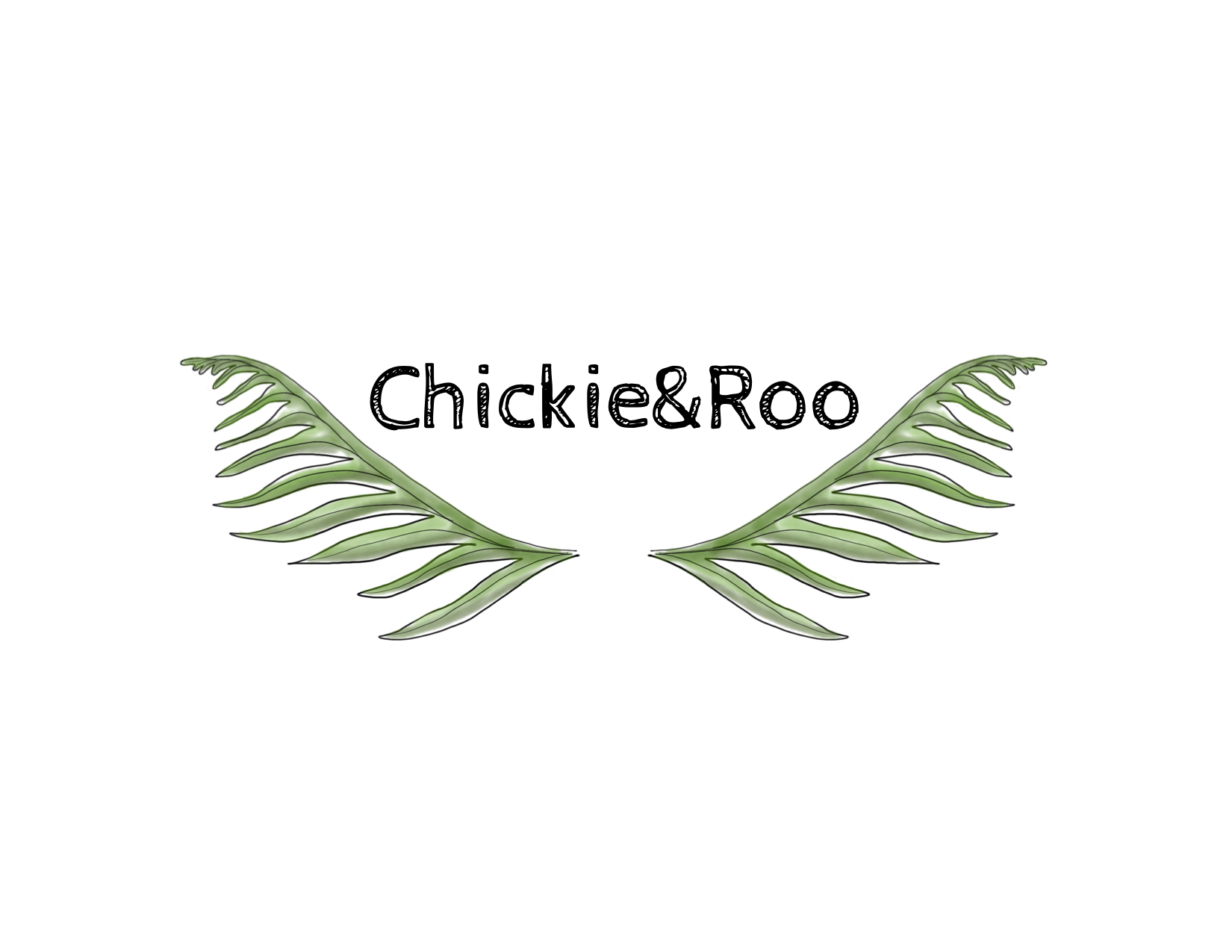Living in Florida, we often see mangroves when we travel to the beach or coastal areas. My children have been asking so many questions about them and requested I put together a unit study so we can learn more!
I started where most people would start: with books. I pulled out a few of our related titles from our bookshelves and ordered several from the library. As always, I like to collect fiction, non-fiction, poetry, picture books, informational texts (like encyclopedias), and living books. This offers a great variety to learn from and for my children to draw parallels while keeping their interest.
I created a mangrove poster with various parts of a mangrove tree and made a corresponding felt mat for sensory learning. We looked through The Wondrous Workings of Planet Earth by Rachel Ignotofsky to familiarize ourselves with the mangrove ecosystem.
Next, we used the America’s Wetlands guide to learn about biodiversity and which animals call a mangrove swamp their home. My daughter used our animal flashcards and simple letter tiles to spell each animal name and we grouped them in 2 categories: reptiles and mammals. We also used this opportunity to try our hand at finger knitting. This handicraft represents how a mangrove’s roots are entwined and knit together and was a wonderful fine motor skill! This was only our second attempt at finger knitting, but we really enjoyed the hands-on activity.
The last time we briefly covered mangroves, I drew and labeled a mangrove tree so my kids could color it in while I read aloud to them. As much as they love when I read, I find they are better listeners and more receptive when their little hands are busy.
My daughter is Kindergarten-age and needs practice in math in a way that is hands-on. She works best when the math applies or ties into our study. She is not a fan of math drills or worksheets, but responds well to manipulatives and real-life applications. We used this opportunity to do a skip counting lesson with our felt mat. She placed our glass number tiles on each root to skip count by twos.
Perhaps the most well known park here in Florida is the Everglades National Park. Did you know that the Everglades is the largest mangrove ecosystem in the western hemisphere? This was a perfect segway into researching and learning more about the Everglades habitat as well as the importance of National Parks. I invited my children to create their own park ranger badges with a template I created last year. They illustrated what is important to them based on what we read together.
This unit was so informative and really hands-on. The most important thing to me is that I instill a love of learning and love of nature in my children. This unit reflected that and was a wonderful group study! I have plenty more activities I plan to include in a month-long mangrove study and can’t wait to complete more resources for my children!
Have you ever studied mangroves? What is something special near your home that you’d like to see a unit study on?






